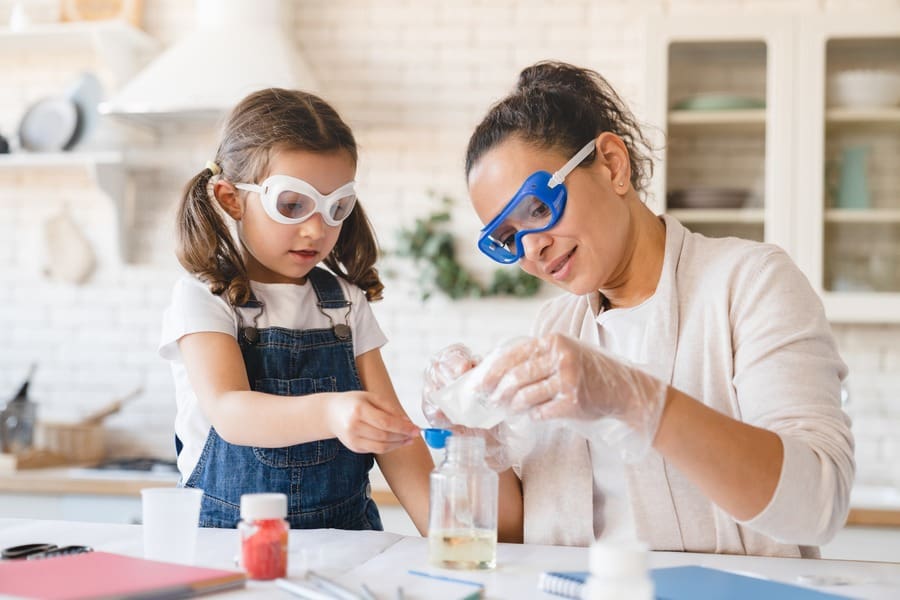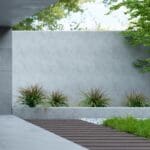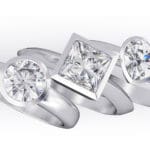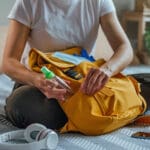Looking for ways to entertain your kids this summer? Why not turn your home into a laboratory of discovery with engaging science experiments that promise entertainment and education? From vibrant chromatography flowers to DIY lava lamps, these projects require little more than everyday household items. Let the experimentation begin!
Chromatography Flowers
 (image via instructables)
(image via instructables)
These colorful flowers are a fun way to experiment with chromatography. For this experiment, you’ll need coffee filters or paper towels, pipe cleaners or straws, water-based markers, tape, scissors, a cup, and water. Head over to Instructables for instructions on how to make flowers of your own.
Rainbow Walking Water
 (image via fun learning for kids)
(image via fun learning for kids)
This visually engaging experiment is a great hands-on way to learn – and all you need are clear cups, food coloring, absorbent paper towels, and water. The water “walks” because it is attracted to the fibers of the paper towels, which create a pathway between the cups. The food coloring mixes and creates new colors in the empty cups. Visit Fun Learning for Kids for step-by-step instructions!
Fireworks in a Jar
 (image via pbs kids)
(image via pbs kids)
Did you know you can experience fireworks at home with kitchen supplies? You’ll need cooking oil, food coloring, water, and a fork. This experiment is cool because it lets you see firsthand how different substances interact. For example, you’ll see how oil and water don’t mix and how food coloring travels differently in each. Watch the colors create fireworks-like swirls cascading down from the oil to the bottom of the cup. For everything you need to make water fireworks, head to PBS Kids.
Lava Lamp
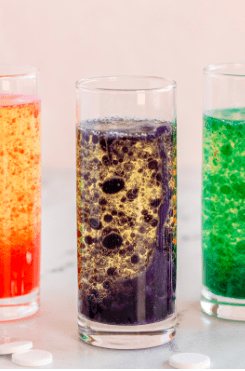 (image via made to be a mama)
(image via made to be a mama)
Have you ever wondered how to make a lava lamp? You’ll need food coloring, Alka-Seltzer tablets, canola oil (you can substitute with olive oil or baby oil), water, and a clear container. For a special touch, you can add a little glitter to give your lava lamp some sparkle. Head to Made to Be a Mama for step-by-step instructions.
Magic Milk
 (image via cool science experiment hq)
(image via cool science experiment hq)
Who would have thought milk would come in handy for a fun experiment with your kids? The dish soap interacts with the milk fat, lowering the surface tension and causing the food coloring to move. To get step-by-step instructions, check out Cool Science Experiment Headquarters. And if you want to make fun patterns and manipulate the swirls, use a Q-tip or a toothpick to enhance the experiment.

